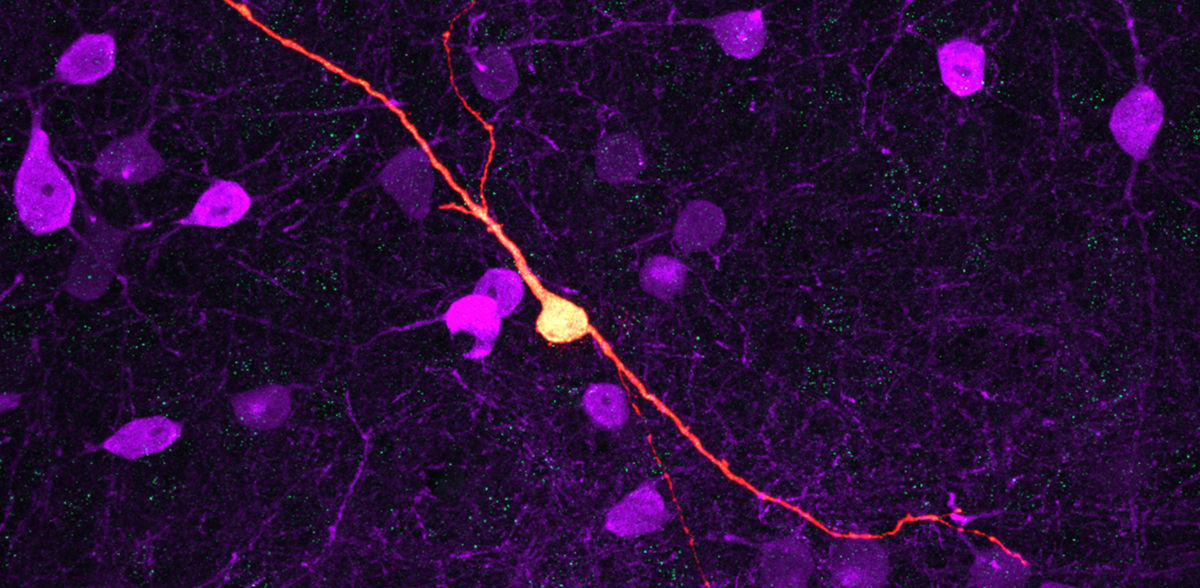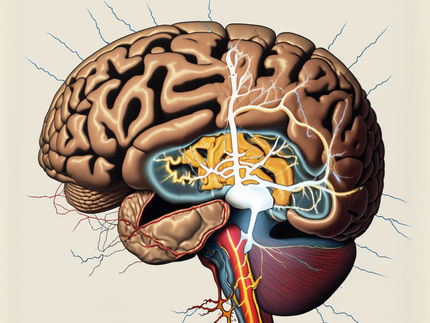Possible approach for the treatment of neurological and neuropsychiatric diseases discovered
Advertisement
In collaboration with King's College London, a team of researchers at the Mainz University Medical Center has succeeded in converting non-neuronal cells directly in the brain into nerve cells with specific functional properties. The insights into cellular reprogramming in the brain gained in the animal model could play an important role in the development of new treatment approaches for neurological and neuropsychiatric diseases. The results of the study "Reprogramming astroglia into neurons with hallmarks of fast-spiking parvalbumin-positive interneurons by phospho-site-deficient Ascl1" were published in Science Advances.
The brain contains different cell populations, each of which fulfills specific functions. The two most important cell types are the non-neuronal glial cells, also known as supporting cells or neuroglia, and the nerve cells known as neurons. The most common type of glial cells in the brain are astrocytes (astroglia). They provide structural support for the neurons, supply them with nutrients and contribute to the formation and maintenance of the blood-brain barrier, which protects the brain from harmful substances.
Neurons are the main cells of the brain. They are responsible for processing and transmitting information and communicate via electrical and chemical signals. Neuronal cells are involved in the development and progression of a variety of diseases. If their function is impaired or lost, this can lead to neurological disorders such as epilepsy or neuropsychiatric diseases such as schizophrenia.
Under the leadership of Prof. Dr. Benedikt Berninger, scientists from the Institute of Physiological Chemistry at the Mainz University Medical Center, together with researchers from King's College London, have investigated a novel approach to replacing dead nerve cells: so-called direct neuronal reprogramming. "The aim of our work was to develop a method with which astroglia found in diseased tissue can be converted directly in the brain into nerve cells with specific properties," explained Professor Berninger, head of the research group at the Institute of Physiological Chemistry at the Mainz University Medical Center.
In the animal model, the scientists introduced genes into the astroglia for this purpose that contain the blueprint for the formation of certain proteins. These proteins are transcription factors that determine which sections of the genetic material are read in the cell nucleus and thus also the form and function of a cell. The research team was able to show that the targeted introduction of the genes causes the glial cells to transform into nerve cells. In their investigations, the researchers succeeded in reprogramming the astrocytes in such a way that they took on the functions of a subtype of neurons that is particularly important in connection with neurological and neuropsychiatric diseases, the so-called fast-spiking inhibitory parvalbumin-positive interneurons.
"The generation of these specific neurons using direct neuronal reprogramming of glial cells could one day make it possible to repair diseased nerve networks in the human brain. Our findings in the animal model therefore have the potential to make a decisive contribution to the development of new approaches for the treatment of neurological and neuropsychiatric diseases," emphasizes Professor Berninger.
Note: This article has been translated using a computer system without human intervention. LUMITOS offers these automatic translations to present a wider range of current news. Since this article has been translated with automatic translation, it is possible that it contains errors in vocabulary, syntax or grammar. The original article in German can be found here.
Original publication
Nicolás Marichal, Sophie Péron, Ana Beltrán Arranz, Chiara Galante, Franciele Franco Scarante, Rebecca Wiffen, Carol Schuurmans, Marisa Karow, Sergio Gascón, Benedikt Berninger; "Reprogramming astroglia into neurons with hallmarks of fast-spiking parvalbumin-positive interneurons by phospho-site–deficient Ascl1"; Science Advances, Volume 10

















































